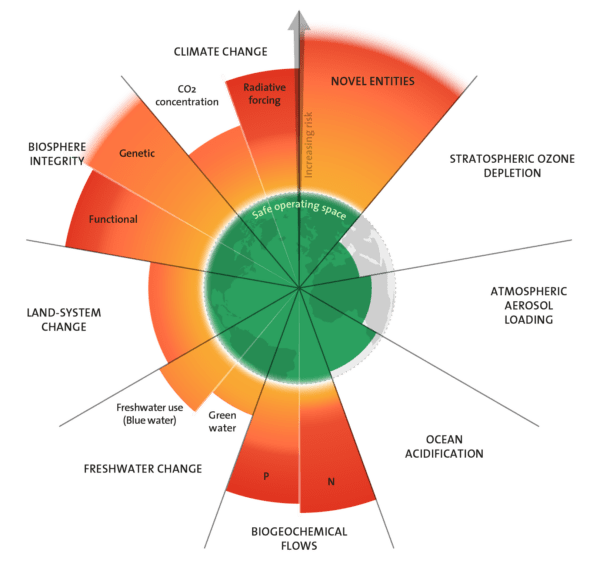
Nature’s Business: The Intersection of CSRD and Biodiversity
Businesses and investors are increasingly aware of the financial risks associated with biodiversity loss. By understanding and addressing these risks, companies can safeguard their operations, supply chains, and brand reputation.
Understanding biodiversity
Biodiversity refers to the variety of life on Earth, which includes plants, animals, fungi, algae, and microorganisms. This complex network of life encompasses the diversity of species, their genetic makeup, and the ecosystems they inhabit. A healthy and diverse ecosystem is essential for the welfare of our planet and human well-being.
The business case for biodiversity:
According to the World Economic Forum (WEF), the loss of nature and the collapse of ecosystems present significant risks to businesses. More than 50% of global gross domestic product (GDP) is either moderately or highly dependent on nature. 1
Businesses and investors are increasingly aware of the financial risks associated with biodiversity loss. By understanding and addressing these risks, companies can safeguard their operations, supply chains, and brand reputation. As regulatory frameworks change and consumer expectations evolve, businesses that do not integrate biodiversity considerations into their strategies may face serious financial and reputational consequences.
The Corporate Sustainability Reporting Directive (CSRD)
The Corporate Sustainability Reporting Directive (CSRD) is an important piece of EU legislation aimed at reforming corporate sustainability reporting. This directive requires companies to provide detailed information about their environmental, social, and governance (ESG) performance. A key focus of the CSRD is the growing emphasis on biodiversity.
The directive requires that businesses take a proactive approach to biodiversity. This involves identifying and addressing the risks and opportunities related to biodiversity, as well as assessing the financial implications. Companies should establish ambitious goals for conservation and restoration efforts and consistently monitor and report their progress toward these goals. Furthermore, businesses must integrate biodiversity considerations into their core strategies and operations to ensure that their activities contribute to a more sustainable future.
Impacts on Business
Incorporating biodiversity considerations into sustainability reporting marks a significant shift. While these aspects are already acknowledged in frameworks like the Global Reporting Initiative (GRI), and Taskforce on Nature-related Financial Disclosures (TNFD), this new framework calls for a considerable expansion of the reporting scope and a complete overhaul of current sustainability practices. The directive highlights the necessity for companies to realign their strategies and business models to respect planetary boundaries concerning biosphere integrity and land system changes.

The Road Ahead
As the implementation of the CSRD progresses, it is crucial for businesses to stay informed about the latest developments and form partnerships to ensure compliance. The increased scope of ESG reporting under the CSRD will necessitate significant investment in businesses expertise and resources, that will unquestionably increase costs.
However, by embracing the challenges and opportunities the CSRD presents, businesses can play a vital role in protecting our planet’s biodiversity and everyone’s future well-being.
For more information on making effective ESG disclosures, click here.










